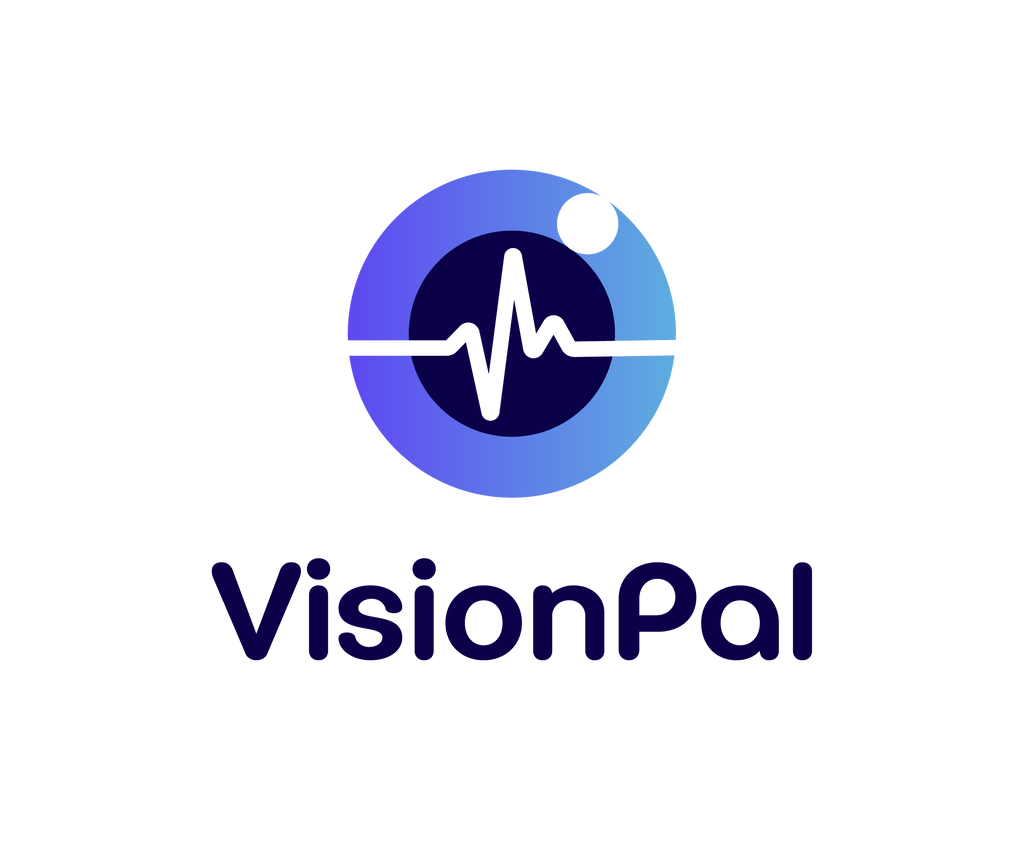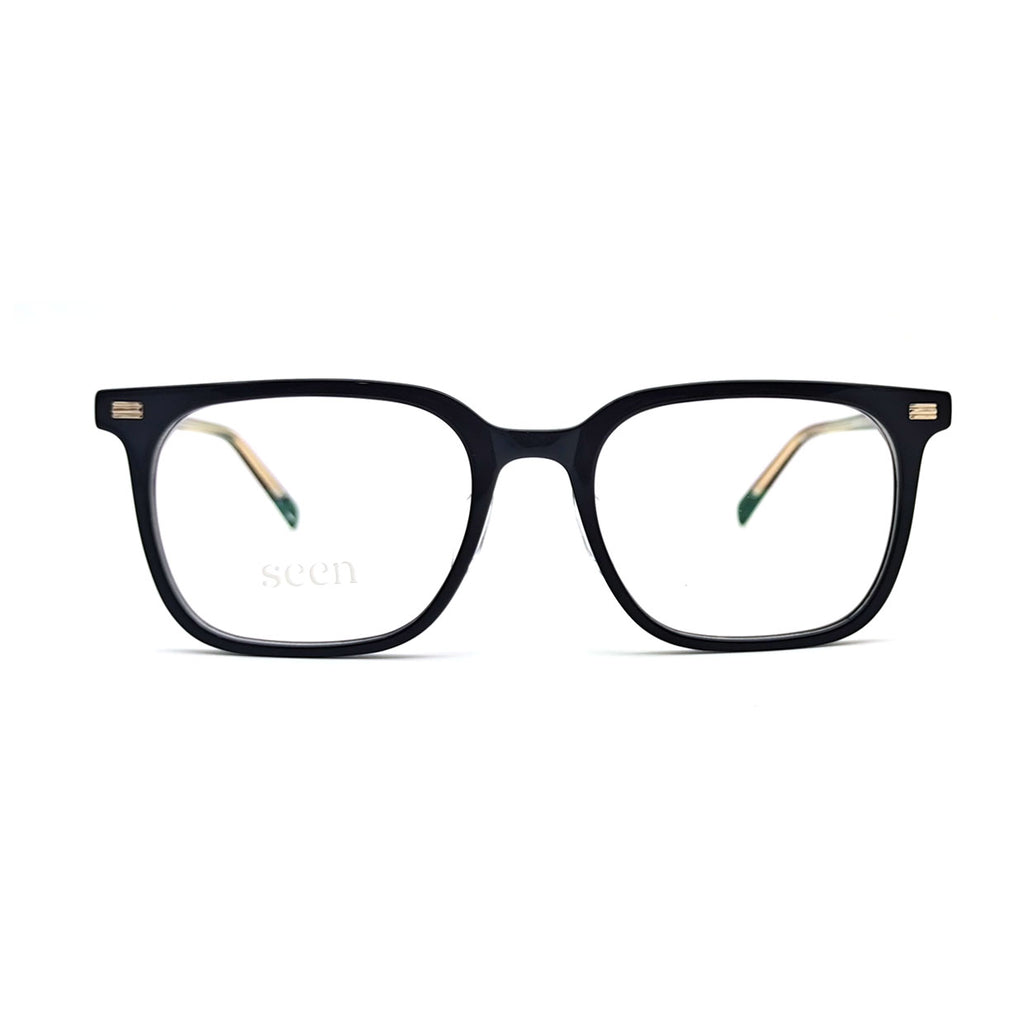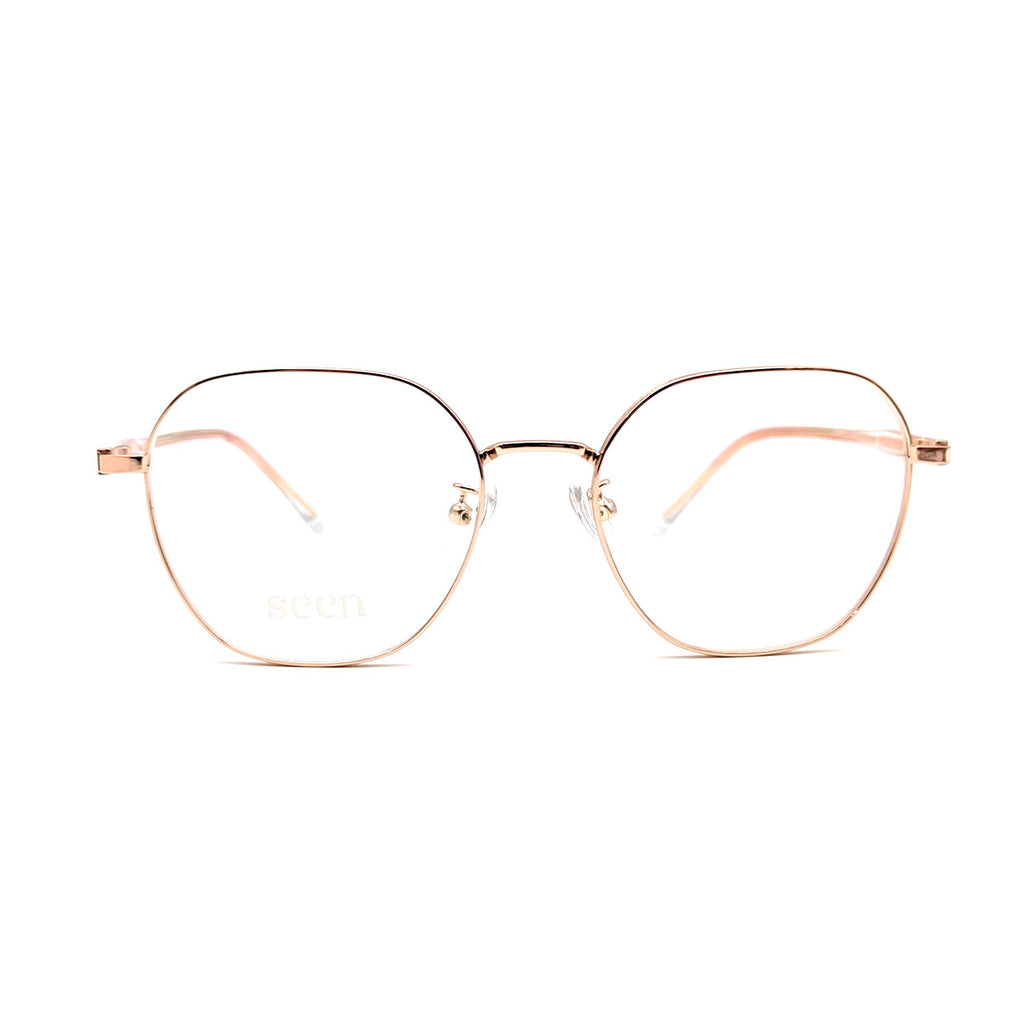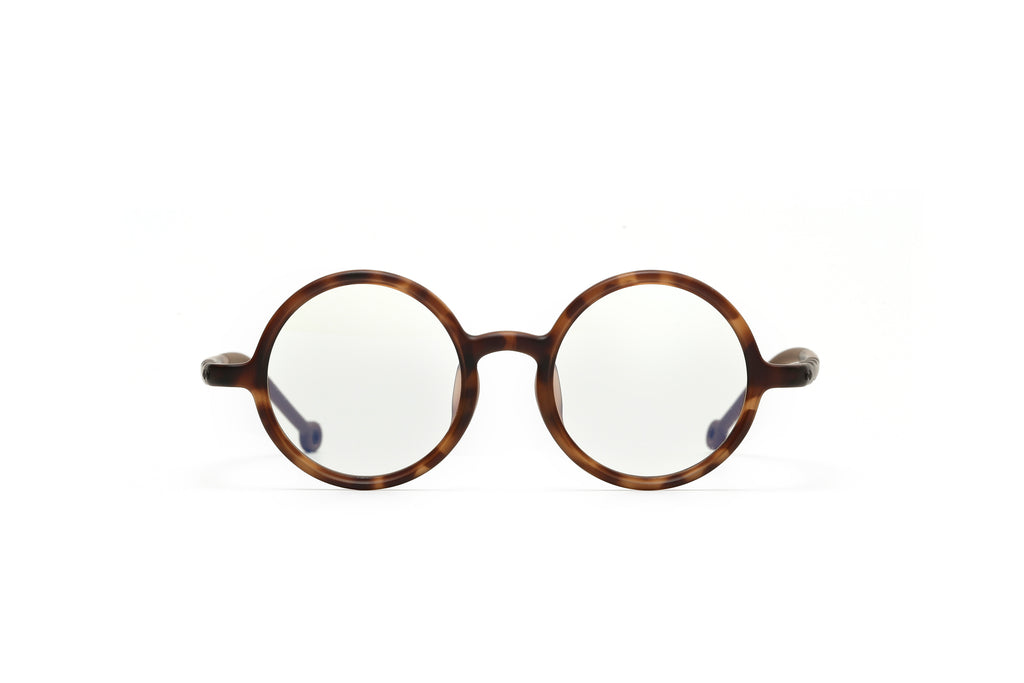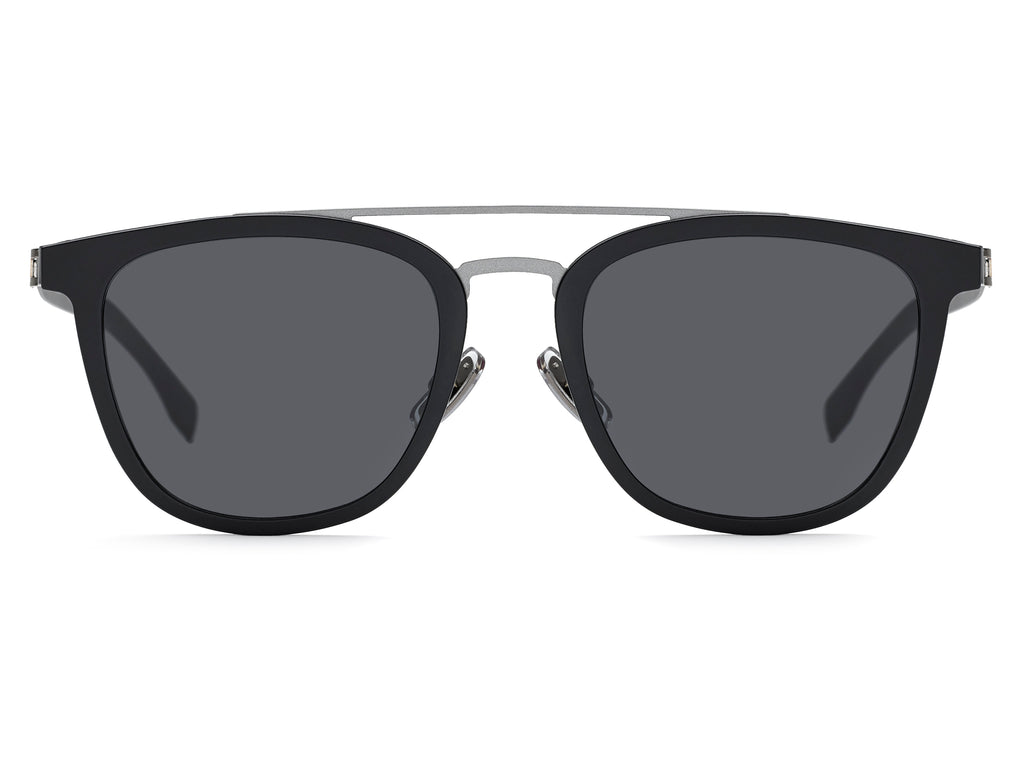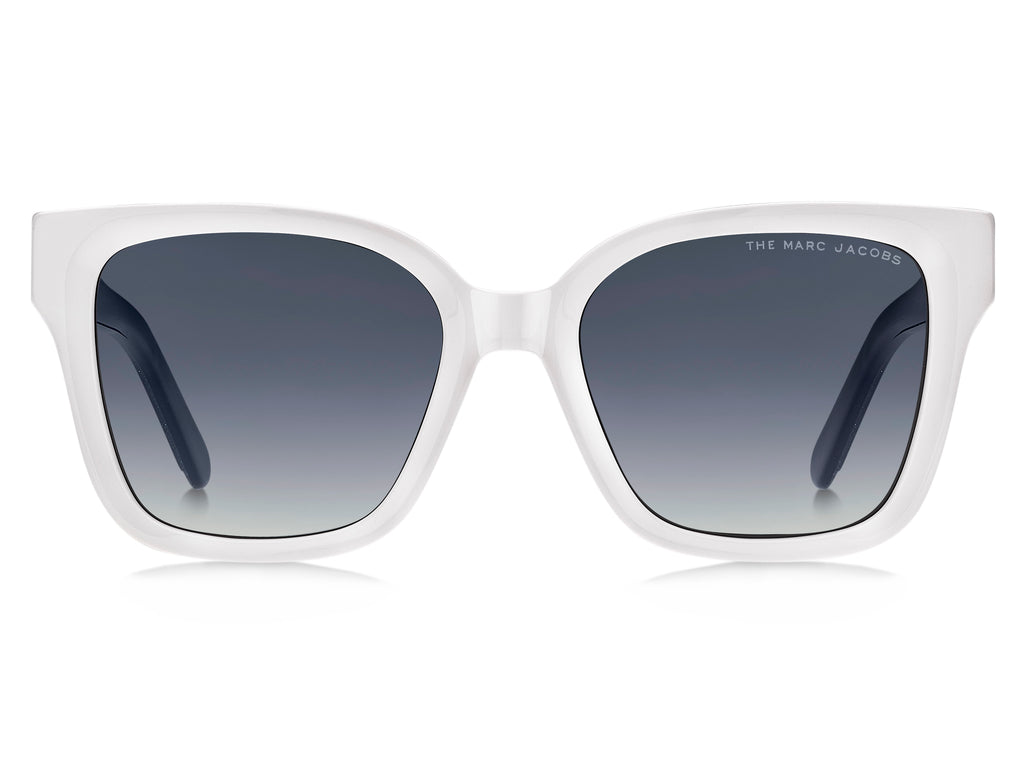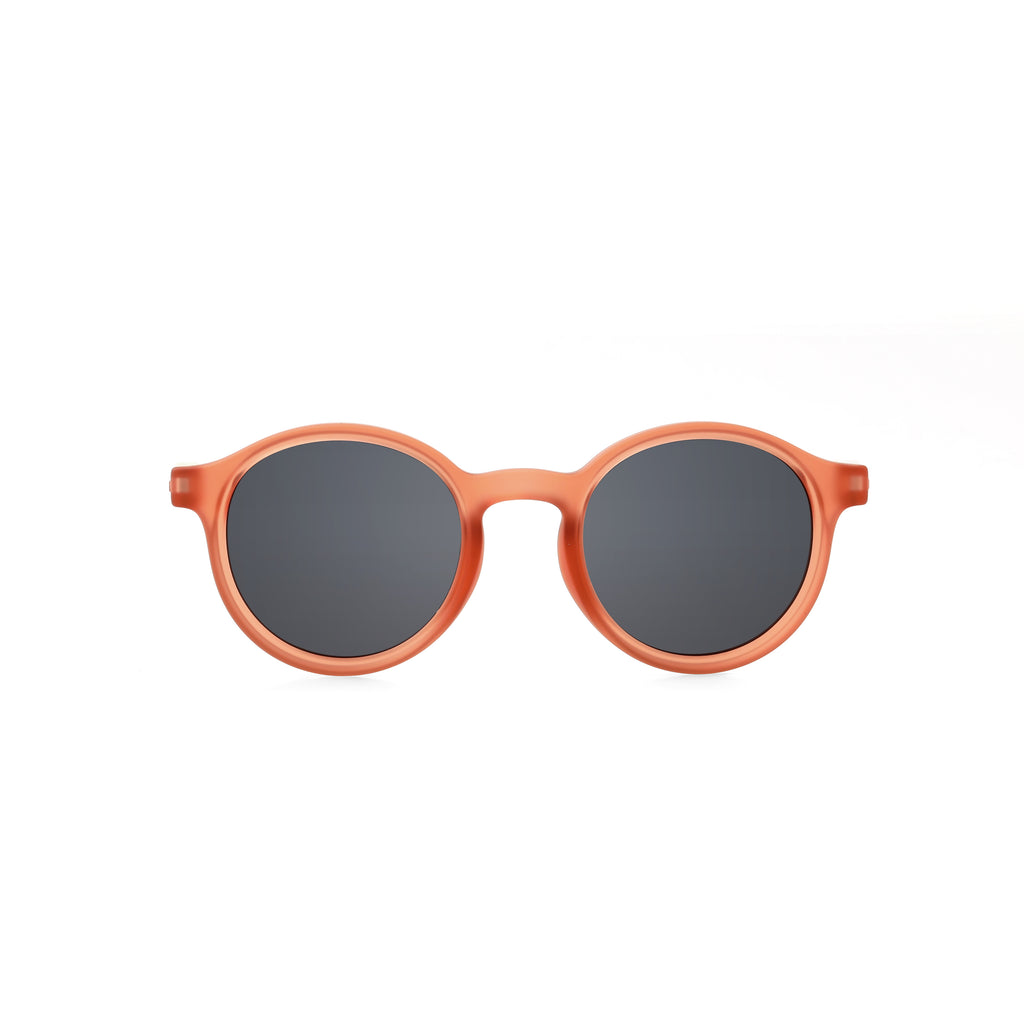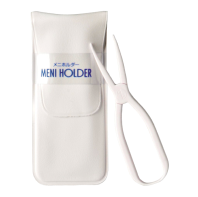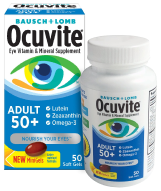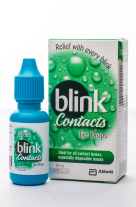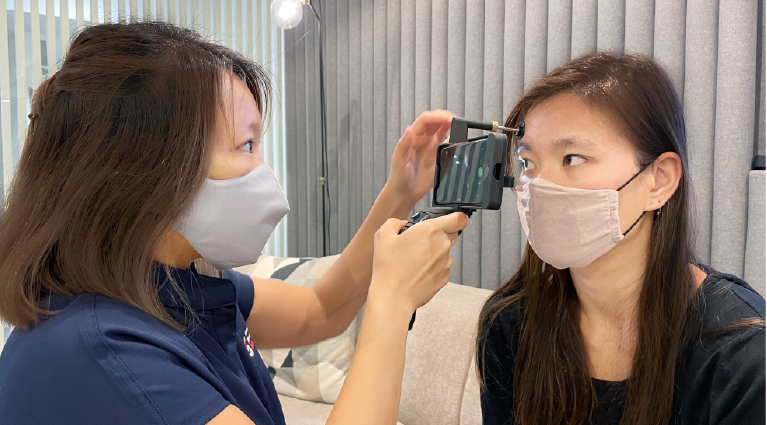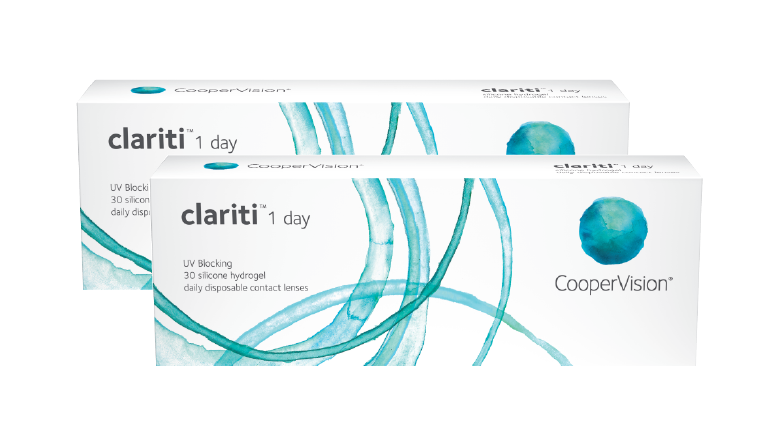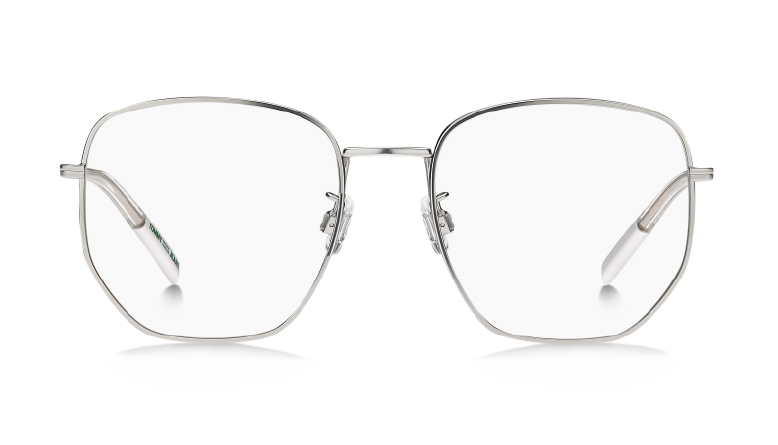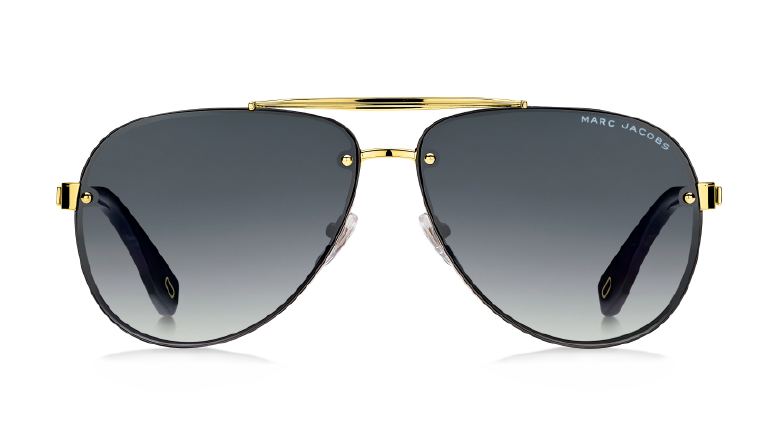About your prescription
Most of us have a prescription, but not all of us know how to read them.
In this page, you can find all the information you need on how to obtain a prescription,
how to read your prescription and where to book a home eye check.

Access prescription in your account
Once you have completed the eye screening, your prescription will be saved in your VisionPal user account and you can now shop at ease, all in the comfort of your home.
Download app to see my prescriptionHow to access and read prescription
If you have your eye check with us , we will upload all the info for you.

A typical prescription looks like this:

Here’s the meaning behind each of these letters and numbers on your glasses or contact lens prescription:
- OD “oculus dexter” indicates your right eye’s parameters.
- OS “oculus sinister” shows your left eye’s parameters.
- Power / SPH – Also referred to as PWR, this field references the corrective factor of the contact lenses. A negative number, such as -2.25, in this field indicates myopia, (nearsightedness), while a positive number like +2.25 indicates hyperopia (farsightedness). If your prescription shows the letters PL, which stands for Plano, it means the no correction is needed.
- DIA – Short for Diameter, this measurement refers to the size, in millimeters, from edge to edge of the contact lens. Soft contact lenses are larger than RGP lenses, but either way, the diameter usually falls between 13 and 15.
- BC – This stands for Base Curve, and is the diopter measurement, in millimeters, of the inside curve of your contact lenses. It is usually a number between 8 and 10 and is sized to match or correct the curvature of your eye.
- ADD POWER: provides magnifying power for reading, bifocal, multifocal and progressive lenses. You will most likely have the same number for both eyes that usually ranges between +0.75 and +3.00. Occasionally, lower add powers than +0.75 can be found on a prescription. These are for Anti-Fatigue lenses such as our SightRelax lenses.
- CYL – This measurement, which stands for Cylinder, shows how much astigmatism, if any, you have. It is measured in diopters.
- AX – Short for Axis. Measured in degrees, the axis references the placement of the power in the lens, to compensate for the cornea’s shape when there is astigmatism.
Your prescription will also have an expiration date, usually one to two years from the date of the day it was given to you. Note that once your prescription has expired, you can no longer use it to buy glasses/contacts.
Contact lens and glasses prescriptions are not the same
A contact lens must match the size and shape of your eye. A prescription for contact lenses contains information like base curve and diameter, as well as brand. Also, glasses rest about 12 millimetres from your eyes, while contacts sit directly on the eye. Contact lenses made to conform to a glasses prescription would be stronger than necessary, which could cause vision problems. Finally, your glasses are shaped to correct for astigmatism (irregular curve in the cornea or lens). However, contacts must be designed to fit the astigmatism, if there is one. If you have a prescription for glasses and would like to try contacts, book in an appointment with us for a new exam and contact lens fitting.
Prescription on your contact lens box IS NOT a written contact lens prescription

Need a new prescription? Book a home eye check now!
Learn moreWhere can you get a prescription?
Book a Home Eye Check with us
Our Home Optometrist service provides a comprehensive eye health screening. Our integrated platform will have your prescription uploaded directly into your user account so you won't have to worry about losing those details again, plus you can assess them anytime you like. Even better, get your whole family on board the eye check and manage their eye health conveniently.
Learn more

